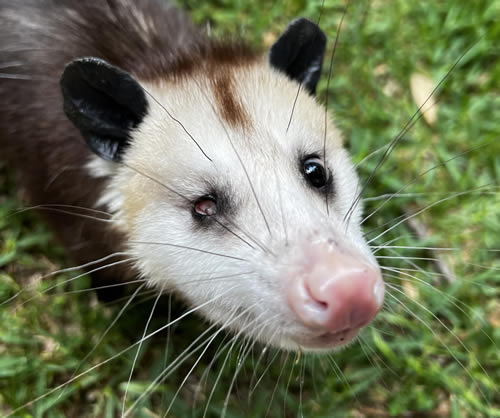 By Deb Near, ACP Supervisor
By Deb Near, ACP Supervisor
Who isn’t in awe at the sight of the majestic symbol of our country soaring overhead? The bald eagle is indeed a majestic creature, awe-inspiring due, in part, to its rarity.
Although not so rare anymore.
They are not necessarily a common sight, but one has a good chance of spotting bald eagles in parts of Houston and nearby areas. In fact, the Houston area contains more eagles than any other part of Texas. The Webster eagles are a famous pair that have, for the past several years, returned to their nest on private property in the town of Webster. They even have their own webcam! See them here at: https://www.facebook.com/groups/WebsterTexasEagleWatchers. There have also been recent sightings of pairs in places like the Woodlands, Tomball, White Oak Bayou, Hermann Park, San Jacinto Battleground, Pearland, Alvin, and Armand Bayou Nature Center in Pasadena.
The bald eagle has been our national symbol since 1782. At the time there were as many as 100,000 nesting pairs (the bald eagle mates for life, and it is the only eagle unique to North America).
Unfortunately, due to a confluence of several events, the bald eagle was in severe decline by the 1960’s, down to approximately 450 pairs nationwide, and only 5 in the entire state of Texas.
This decline was mostly down to 3 factors:
- Shooting/hunting. Fish and waterfowl are the main staples in the eagles’ diet, but they also were known to prey on small domestic livestock. So, ranchers and farmers would shoot these birds whenever they were seen flying overhead.
- Loss of Forested Habitat. Eagles like to nest in tall trees near water sources such as lakes and rivers. Urbanization has, of course, had a great effect on these creatures.
- The use of the pesticide DDT. Eagles became poisoned by this chemical after eating contaminated fish. DDT makes their eggshells more fragile, leading to reproductive failure.
Threatened with extinction, several steps were taken at the federal level to help protect them. The Bald Eagle Protection Act was created in 1940 as a first step. The Endangered Species Preservation Act in 1967 gave them further protections. In 1972 they were added to the Migratory Bird Treaty Act, and in 1978 they were put on the endangered species list.
Thankfully, the eagle has made an impressive comeback in recent years due to the banning of DDT in 1972, conservation efforts at habitat restoration, and the legal protections mentioned above. Due to these efforts, there are now approximately 10,000 mating pairs nationwide, with around 150 in the state of Texas. They were removed from the list of endangered and threatened species in 2007.
Because winter will be arriving soon, the likelihood of seeing bald eagles in the Houston area will increase. Winter is when breeding pairs create their nests and have their babies. Migratory eagles will be settling in along with the southern year-long residents. So, keep your eyes peeled, while at the same time keeping your distance and respecting their space.


